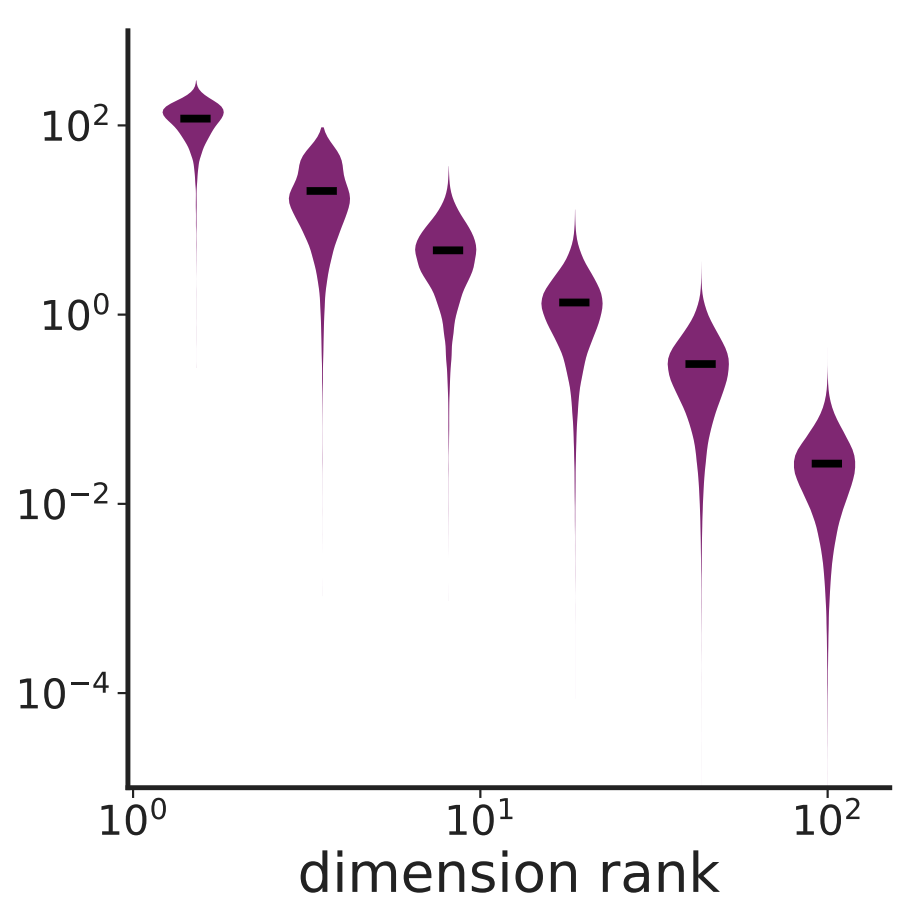
We show that individual differences in visual experience emerge from high-dimensional neural activity patterns during naturalistic movie viewing, with distinct latent dimensions capturing behaviorally relevant aspects of perception. This multidimensional geometry, revealed through spectral decomposition, explains inter-individual variability beyond what conventional methods capture.
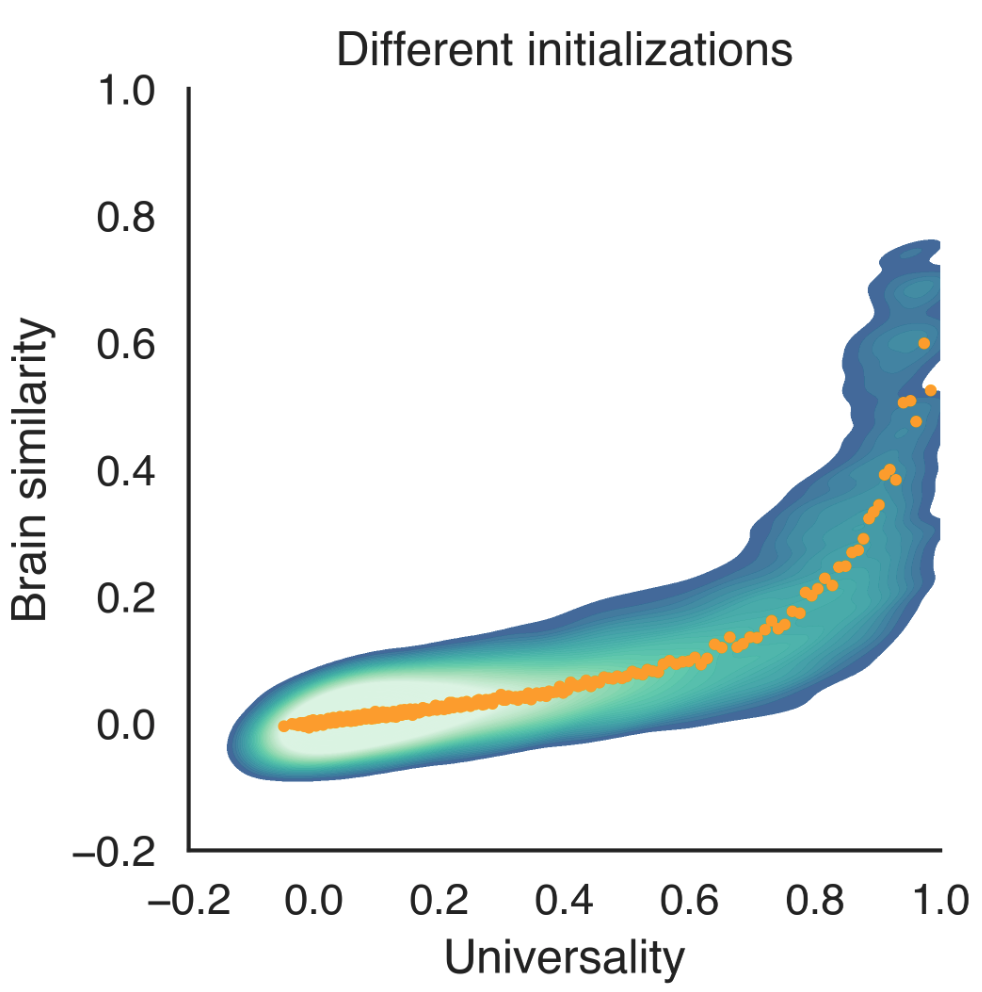
We examined whether visual neural networks align with brain representations due to shared constraints or universal features. Analysis of diverse networks revealed shared latent dimensions for image representation. Comparing these to human fMRI data showed brain-aligned representations are universal across networks. This suggests similarities between artificial and biological vision arise from core universal image representations learned convergently.
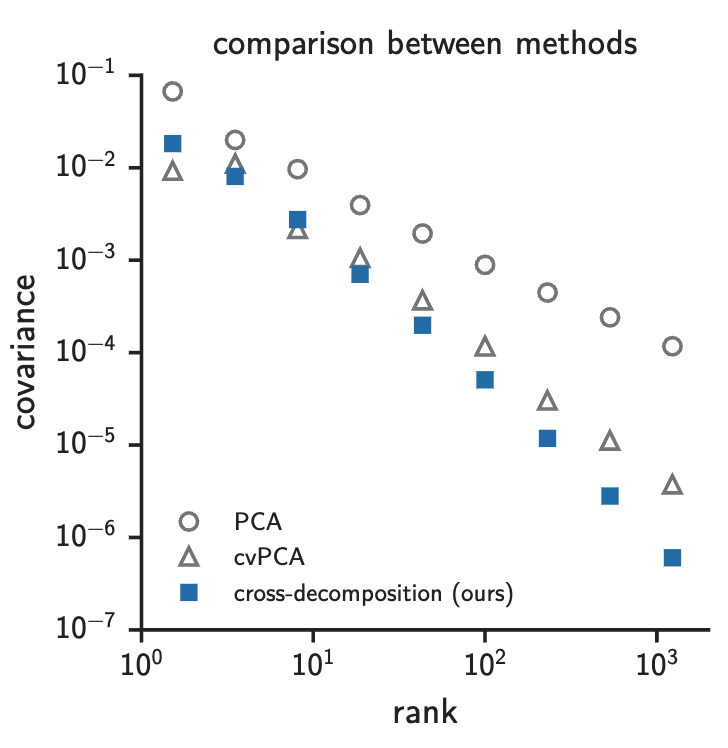
Is it possible to deeply understand neural representations through dimensionality reduction? Our recent work demonstrates that the visual representations in the human brain require interpretation within high-dimensional spaces. Moreover, we reveal that traditional methods like representational similarity analysis fail to detect this high-dimensional information in cortical activity; instead, a spectral approach is necessary. This research uncovers a vast expanse of uncharted dimensions that conventional techniques have overlooked but may be crucial for decoding the cortical code of human vision.
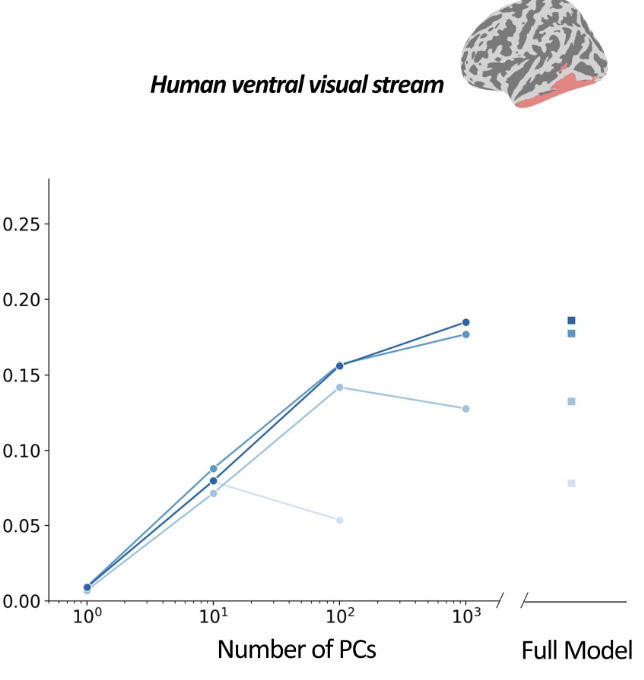
We find that untrained convolutional neural networks can produce brain-like visual representations. This challenges the view that extensive training is necessary for such similarities. The key factors are the networks' architecture, specifically how they compress spatial information and expand feature information. This suggests that the basic structure of convolutional networks mimics biological vision constraints, allowing for cortex-like representations even without learning from experience.
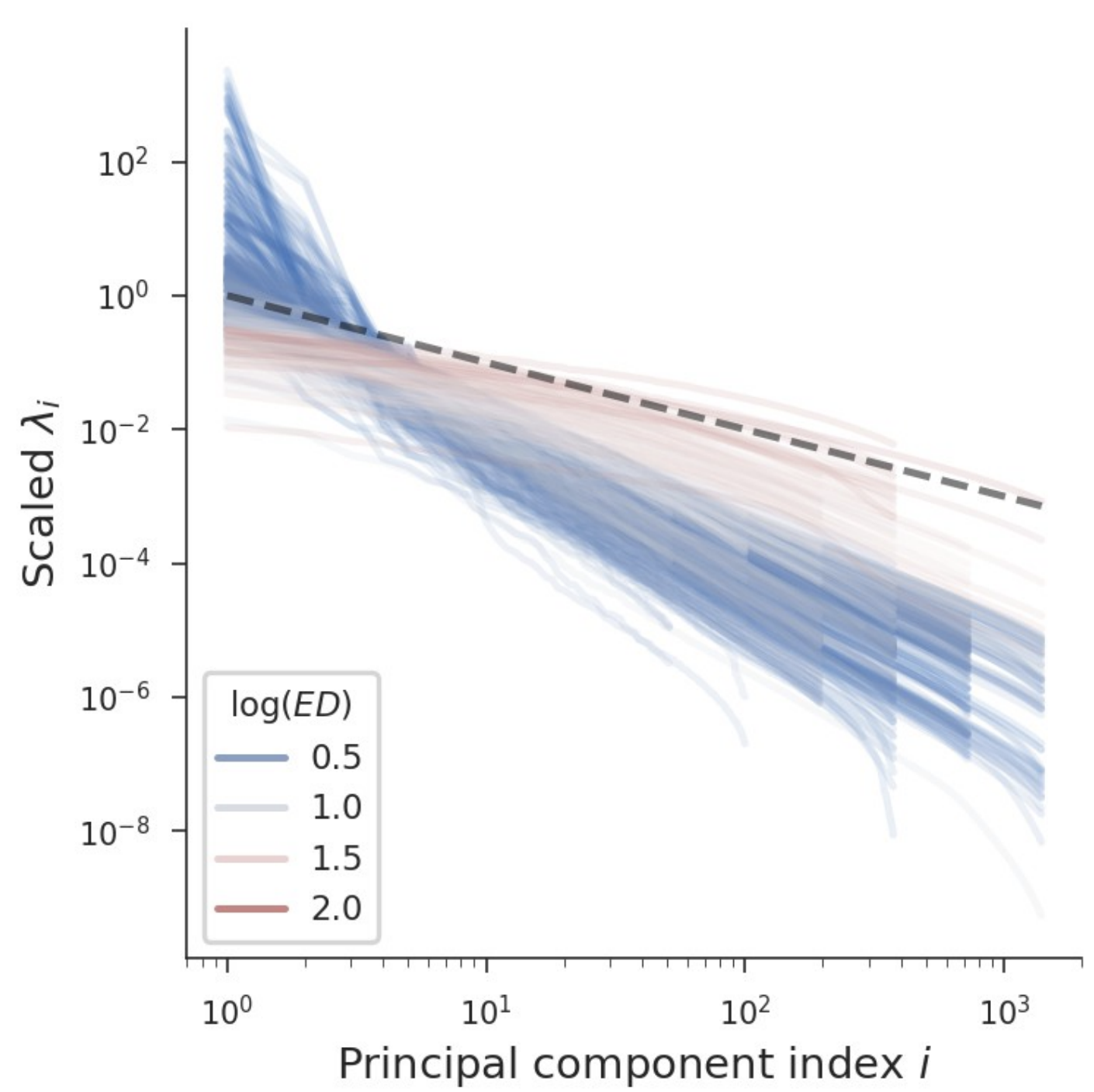
Investigating deep neural networks (DNNs) as models for the visual cortex, we found that higher-dimensional representations in these networks better predict cortical responses and improve learning of new stimuli, challenging the idea that lower dimensionality enhances performance. This indicates that high-dimensional geometries might be advantageous for DNN models of visual processing.
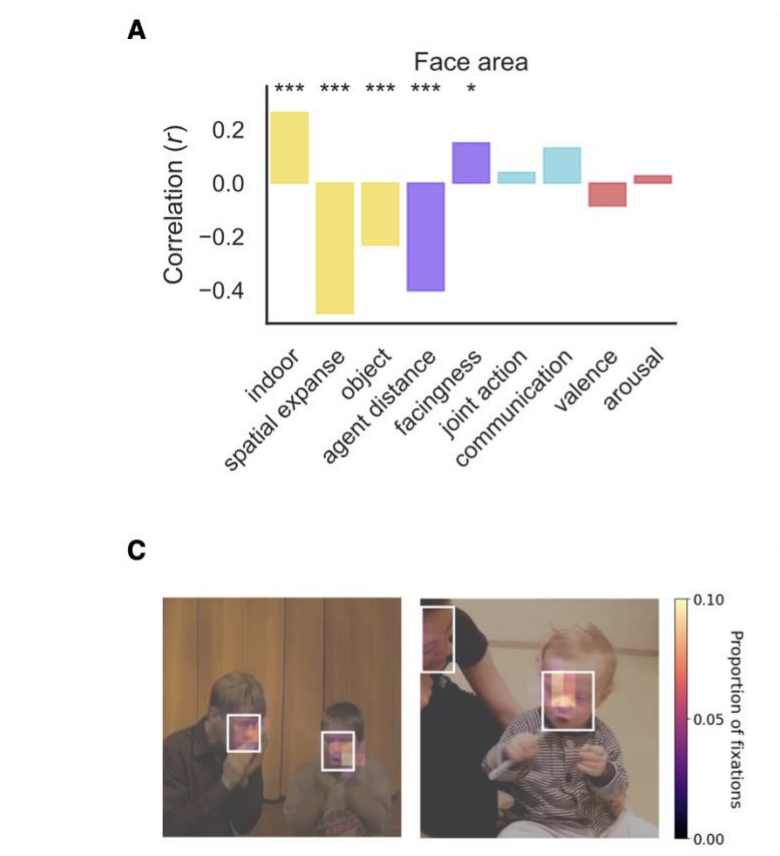
The lateral stream's organization, thought to be hierarchical like in the ventral and dorsal streams, has not been thoroughly studied for naturalistic, social visuals. We compiled 250 3-second videos of everyday interactions between two people, annotated for visual features from low-level to high-level, including scene properties, social dynamics, and emotional content.